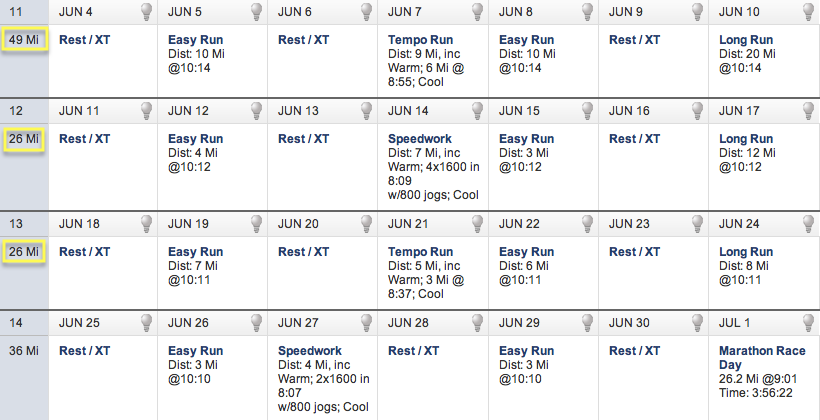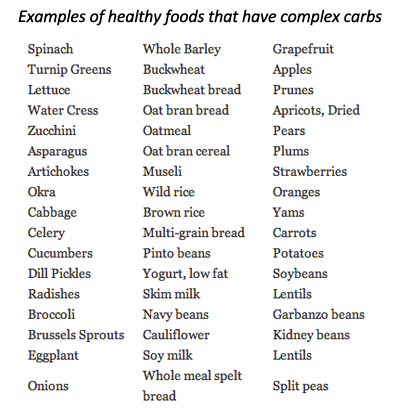Race Preparation – 1 week before race day
Four days away from Maratón de Santiago. It takes a while to get comfortable with the idea of scaling back training volume. Ironically, having the self-discipline to train hard over 12-16 weeks is easier than having the self-discipline to reduce weekly mileage 2-3 weeks prior to race day. There are several important things to consider (and revisit) while tapering for a big race:
Remember the three critical factors in training: Frequency, Intensity, and Time (FIT). When you taper, your running frequency stays about the same, intensity remains at or above race pace, and time – also known as training volume – significantly decreases. Our previous post: “tapering as a necessity” touches on the physiological benefits derived from the taper period.
Plan your pacing. Long distances are a mental sport. Tackling it in sections will make it less daunting. Do a rough calculation of your mile/km splits ahead of time. Having a target overall pace will only make you feel more prepared on race day.
Carb-load the right way. There are simple carbs and complex carbs. Simple carbs are much easier for the body to break down so you can get a quicker boost of energy, but it also means that you could crash from it just as quickly. Complex carbs take a little longer to convert to energy so they’re a more reliable source of steady fuel. Check out this carbohydrate-loading meal plan from the Mayo Clinic.
Keep in mind that if you’re not used to consuming large amounts of complex carbs, then it’s probably not a good idea to overload on it 24 hours before your race. You could, instead, consume most of your complex carbs 4-5 days before the race, and switch to a higher quantity of simpler carbs as you approach race day. A previous study actually showed that consuming certain types of simple carbs with a high glycemic index 24 hours before a big race can boost muscle glycogen levels by up to 82%.
Finally, don’t forget to have a dress rehearsal several days before your event: wake up early, wear what you’re planning to wear on race day, warm up, then run at race pace for about 5-10k to cap things off. It’s always reassuring to be able to run your race pace comfortably. And, if for some reason, your running gear doesn’t “feel right” – then you’ll have enough time to get it sorted out.
Keen to learn more? Here are a few other resources that might also help:
- Runner’s World Lab Report – “The Rest is Up to You“
- IDEA Fitness Journal – “Tapering: Science and Practice“
- Peak Performance – “The Importance of Tapering: what happens to your body when you taper“



